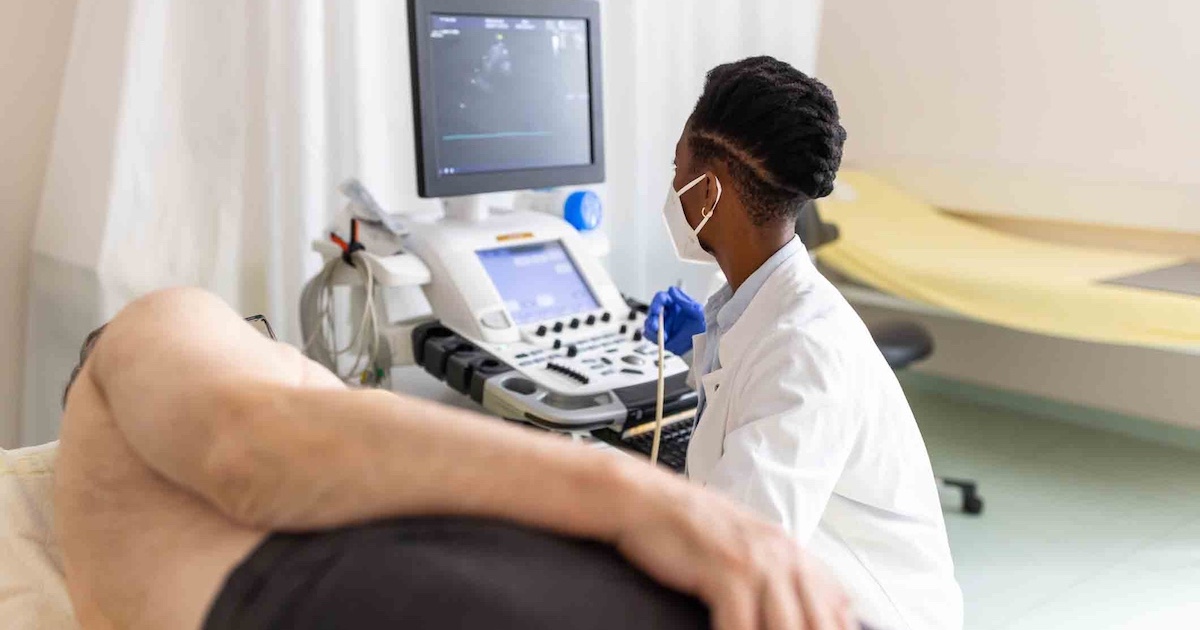Today's solo or small-practice doc isn't the kindly old gentleman of decades past, with a stethoscope around his neck and a jar of lollipops in his front office – she's just as likely a young medical school grad out to make her own mark.
As such, today's solo physician is also the office administrative assistant, gardener and janitor, not to mention the CEO. That makes him/her proficient in a number of duties, most likely technologically savvy, and eager for mHealth.
A number of smaller EHR vendors are targeting the independent medical practice market with cloud-based platforms that combine clinical and practice management functions. And they're seeing a strong interest in this market for mobile platforms. Among them is Kareo, which this week unveiled its own Apple Watch app.
Tom Giannulli, MD, an Epocrates veteran who's now the chief medical information officer for Kareo, sees this new breed of medical practice as an up-and-coming market, with physicians who do their own IT work and use that as a selling point to consumers who want their doctors to be mobile-ready.
"They're a tougher customer," he said during an mHealth News interview at last month's HIMSS15 conference and exhibition in Chicago. "They're practicing heads-up medicine, looking for the latest (in technology) that can give them an edge. Their thought is, 'If it's going to help me make decisions, I want to order it.'"
[See also: Apple Watch apps dominate the day at HIMSS15]
Kareo says independent physicians, for the most part, run their practice on a tablet or smartphone, so they're mobile-ready (he calls them "Nintendo docs," who grew up playing video games and came through medical school with an advanced grasp of the technology). And unlike the bigger health systems with full-fledged IT departments that can handle more complicated platforms, they want consumer-grade apps that work quickly and efficiently.
That makes an Apple Watch app a logical next step. Capitalizing on the at-a-glance form factor of a wrist-borne device, companies like Kareo, drchrono, athenahealth and Vocera are piloting scheduling and messaging functions that a user can consult while on the go. Nothing too complicated – just quick, one- or two-motion actions that fit right into the doctor's busy lifestyle.
“Physicians are on their feet attending to the needs of patients for the majority of the day, leaving little time to check schedules and prepare for the next appointment,” Giannulli said in a press release. “Recognizing this demanding care delivery environment, (the) App will help doctors better manage their schedule while enabling enhanced communication throughout the day, improving their ability to deliver a great patient experience.”
Abbe Don, vice president of design strategy for the Epocrates business of athenahealth, which has tailored its athenatext text messaging app for the Apple Watch, said that such apps are ideal "for that occasional urgent thing among the ambient information. Any healthcare provider – you don't want them to have their phone in their hand all the time, and you don't want to interrupt the flow of that special moment" between the doctor and the patient.
"It gives you immediate access to the highly important pieces of information that you really want to get," added Gautam Shah, vice president for product management for Vocera, which also has an Apple Watch app on the market.
The Kareo app features six primary functions: An agenda, which gives the physician a quick look at the day's scheduled patients; a quick "glance" capability that gives him/her an update on the status of each patient; patient information; pre-set reminders of pending appointments; secure messaging; and a pre-set "I'm running late" message that can be pushed to staff.
Giannulli says Kareo, which launched its free EHR roughly two years ago to the one- to 10-physician practice market and has seen more than 10,000 sign-ups, is focusing on helping these small practices improve their patient engagement strategies. Every patient counts to them, he said, so it's important to spend as much time as possible facing the patient, rather than a computer.
See also:
Unveiling telehealth for physicians
Is your messaging app really secure?


